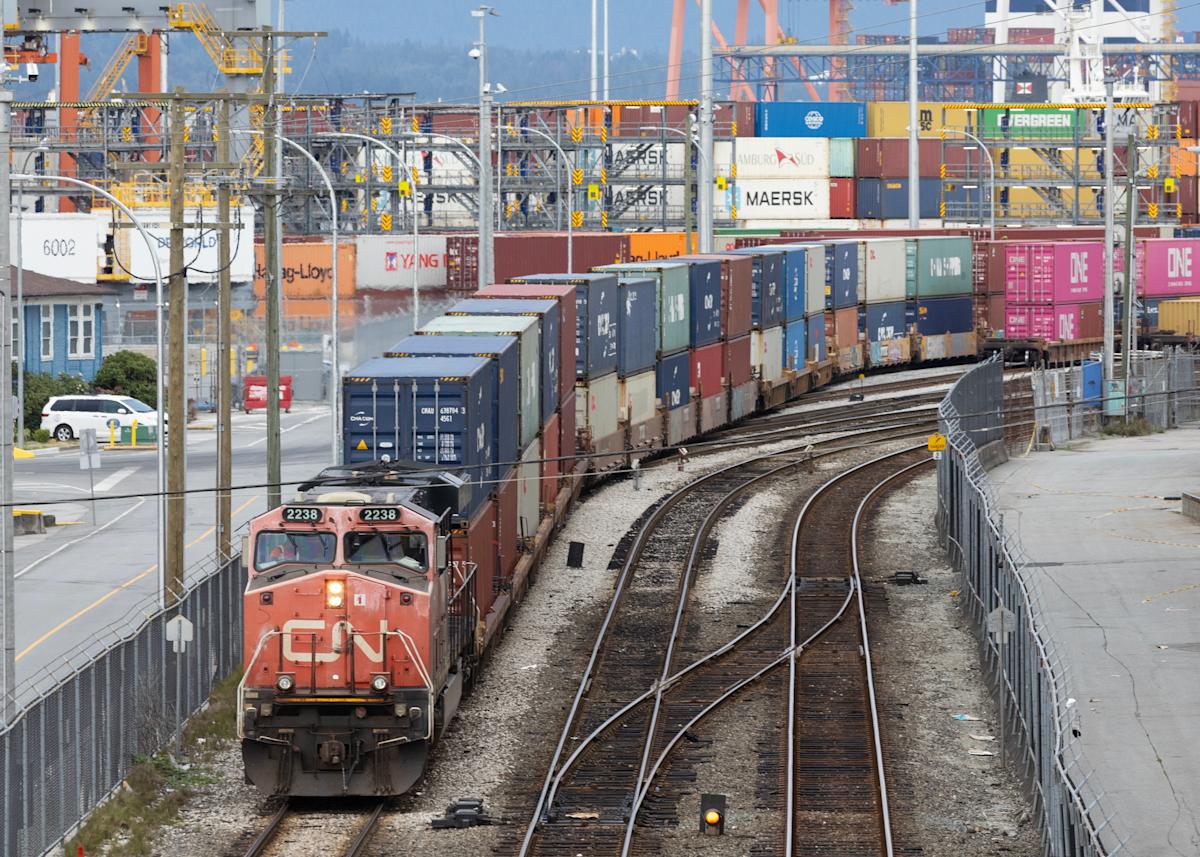
Canada’s economy has started 2025 on a strong note, exhibiting robust growth as it recorded a commendable 2.2 percent increase in the first quarter. According to data released by Statistics Canada, this growth not only mirrored the pace set in the final quarter of the previous year but also significantly surpassed economists’ expectations. The consensus forecast anticipated a much more modest growth rate of 1.5 percent on an annualized basis.
In analyzing these results, economists have presented mixed interpretations. Some have contended that the surge in exports, largely driven by a rush to preempt possible tariffs, may overshadow the underlying issues of weak domestic demand. For others, the figures signal resilience and fundamental strength in Canada’s economy. As anticipation builds for the Bank of Canada’s forthcoming interest rate announcement on June 4, the divergent views on economic health and potential policy responses become even more pronounced.
The data shows that real gross domestic product (GDP) rose by 0.1 percent in March, aligning with expectations. Interestingly, early estimates for April also suggested a similar 0.1 percent growth. BMO’s chief economist, Douglas Porter, expressed optimism about these numbers, noting that they send no clear distress signals for the economy in 2025. He emphasized that these figures would likely influence the Bank of Canada’s forthcoming decisions, especially given the overall positive trend in economic activity.
However, not all economists share the same bullish perspective. Royce Mendes from Desjardins Group has raised concerns regarding the reliability of export figures amid ongoing trade tensions, arguing that final domestic demand data serves as a clearer indicator of economic health. Indeed, Statistics Canada reported that domestic demand was flat for the first time since late 2023, suggesting potential stalling that could adversely affect economic momentum. Mendes pointed out that recent labor market indicators hint at further challenges in generating significant growth in the upcoming second quarter.
The relationship between exports and GDP growth is particularly noteworthy in this context. CIBC economist Andrew Grantham cautioned that while the reported GDP growth appears solid, it is primarily buoyed by an increase in exports as businesses attempt to navigate potential tariff impacts. Notably, he highlighted that it was U.S. companies that drive much of the growth, with many of them ramping up stocks in anticipation of tariff-related disruptions.
In contrast to the generally positive GDP data, the Bank of Canada had previously forecasted a more conservative growth rate of 1.8 percent, reflecting the institution’s cautious stance given ongoing uncertainties. Moreover, the latest data revisions indicate a downward adjustment of the previous quarter’s growth from 2.6 percent to 2.1 percent, adding a layer of complexity to the economic outlook.
As the nuances of this data unfold, the Bank of Canada faces a challenging environment for monetary policy decisions. While some, like BMO’s Porter, have reversed previous expectations and no longer predict a rate cut, others, such as Mendes from Desjardins, anticipate a reduction of 25 basis points. This divergence illustrates the uncertainty that permeates economic forecasts, influenced heavily by both domestic factors and external trade dynamics.
In summary, Canada’s economy has shown impressive growth in early 2025, propelled largely by exports as businesses react proactively to changing trade conditions. Nevertheless, underlying indicators reveal a more complex picture, marked by weak domestic demand and potential uncertainty derived from ongoing trade disputes. Stakeholders keenly await the Bank of Canada’s response to these economic signals, knowing that the path forward will significantly hinge on both domestic resilience and international trade relations. As the month of June approaches, the dialogue around Canada’s economic strategy will continue to evolve, shaping the landscape for businesses and consumers alike.
Source link









